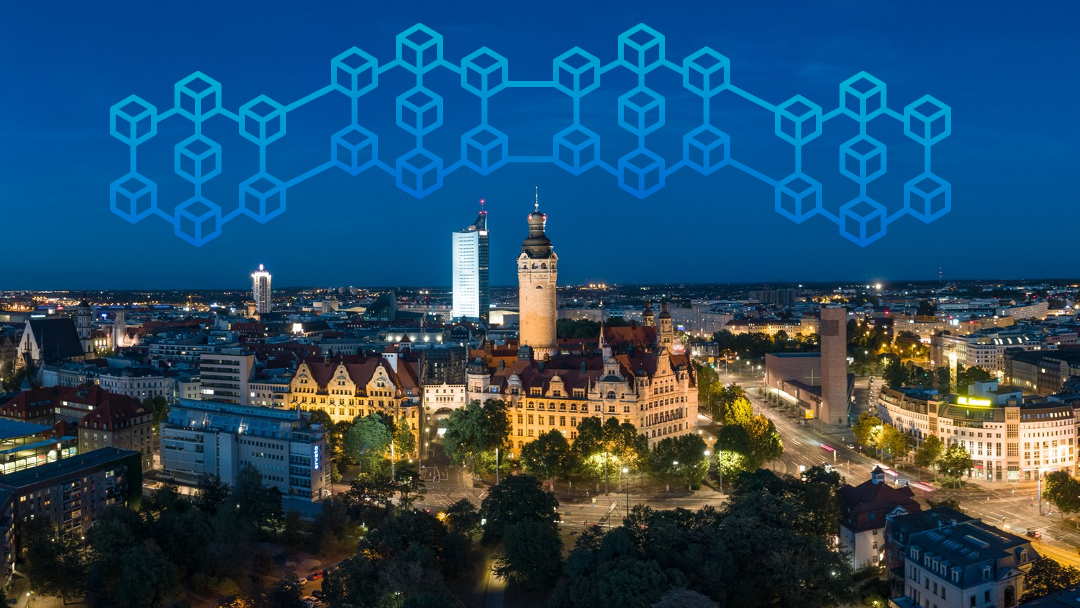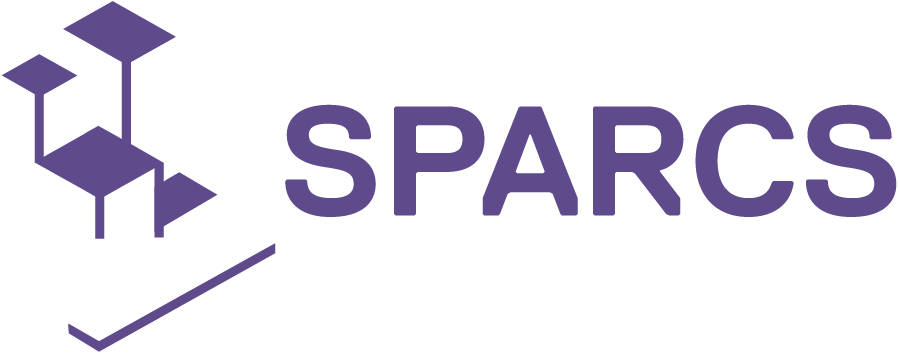Optimisation of energy flows: Leipziger Stadtwerke build a virtual power plant
During the energy transition the structure of the power grid is changing, along with the number of players in it: The single power plant to which numerous consumers are connected is being replaced by a large number of decentralised power generation plants which are directly connected to consumers. As power production is partially weather-dependent, storage units are also required. The result: Multifaceted complex energy communities whose energy flows are difficult to keep track of. The stability of the power grid must always be guaranteed, however. Can the management of energy be optimised by networking energy producers, storage systems and consumers digitally in a kind of “virtual power plant”? This is what Leipziger Stadtwerke has investigated as part of the SPARCS sub-project for developing virtual energy communities.
Within the scope of the open-ended research project, Leipziger Stadtwerke constructed a virtual power plant. For this purpose, they drew on data from distributed generation plants, storage systems and consumers. The world of industry and commerce was represented, as well as the real estate sector: In addition to the Leipziger Baumwollspinnerei (the energy management system there), the providers of the data also included WSL Wohnen & Service Leipzig GmbH (with 48 photovoltaic systems, total capacity approx. 1,400 megawatt hours) and the local BMW plant (energy storage from 700 old BMW i3 batteries, total storage capacity approx. 15 megawatt hours).
The actual spatial distance of the community members plays a less important role. The time factor, by contrast, is critical to success: Real-time data are necessary in order to adapt the generation and consumption of the power to the current grid situation promptly and to extrapolate as realistically as possible.
The virtual power plant has the following levels:
- Its basis is the equipment infrastructure, i.e. the power generation plants, energy storage systems and connected consumer devices.
- The L-Box acts as an interface between the energy network and the digital network. It receives and transfers the data to the central digital platform. At the same time, it controls the specific consumption of the downstream devices as required.
- In the end, all the data from all the connected plants – generators, storage systems and consumers – converge on the central digital platform.
- The data are analysed and evaluated automatically with the use of specialist software. The evaluation also includes a forecast on how the power generation, energy storage and consumption are likely to develop. Up to and including this level, all of the processes are completely automated.
- However, the actual management decisions aren’t the responsibility of the evaluation software. They continue to be taken by people: Experts from the fields of energy generation, energy trading and energy networks.
The virtual power plant therefore serves as a highly efficient decision-support system, which can automatically evaluate a large amount of complex data in the shortest possible time and support those responsible in their decisions.
The work package is currently in the implementation phase, and the project group has already been able to gather some initial findings. Accordingly, a virtual power plant is possible in principle from the technical perspective, and actually makes sense under two conditions:
- As many plants as possible are connected (the greater the number of connected plants, the larger the database and the more reliable the evaluations and forecasts of the virtual power plant).
- The quality of the delivered data is high.
Regarding (1): Contrary to the projections at the start of the project, some of the equipment and technology is not yet available. The regulatory conditions have also proven to be a major hurdle. This is because they prevent access to generation and consumption data, for example, or make it more difficult for the owners of power generation plants to feed the electricity they produce into the grid.
Regarding (2): The goals that are set can only be achieved if current data protection regulations are taken into account – a key challenge for everyone involved. In the future, pragmatic solutions will have to be found within the scope of the legal requirements.
As an outcome of the study, the project group is appealing to the world of politics to revise the regulatory framework and standards in such a way that they enable and, in the best case, encourage urgently-required innovative approaches such as those of the virtual power plant. At the core of this there are three points:
- Open and flexible access by small plants to different and changing market segments.
- Digital sovereignty and privacy through self-determined sharing as well as algorithmic transformation and cryptography.
- Innovation of urban services through experimental business models with standards and regulatory simplification.
If these conditions exist, virtual power plants can make a significant contribution to optimum energy management in decentralised grids.

